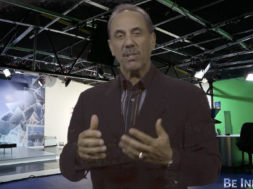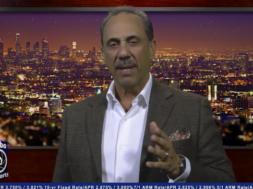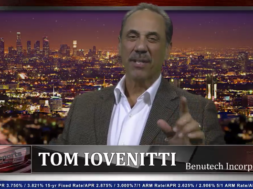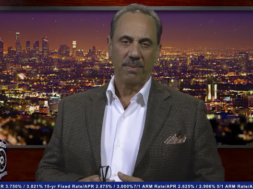One of the great realities of the real estate market it its cyclical nature. Many factors play a role in determining whether housing prices go up, down or stagnate. Of course, mortgage rates and availability are primary factors determining the affordability of a home.
An interest rate increase of just a fraction of a point will knock tens of thousands of potential buyers out of the marketplace, and the opposite occurs as rates drop. While real estate has enjoyed a period of low mortgage rates unprecedented in modern times, the question arises how long that can continue.
The Federal Reserve and Mortgage Rates
While the majority of real estate agents are up-to-date on all the latest mortgage rate moves, few understand what drives those rates. To a very large extent, the Federal Reserve’s Federal Open Market Committee determines what rates potential homebuyers will be paying for loans to purchase homes.
While the FOMC does not directly control mortgage lending rates, it does determine what banks pay for the money they borrow to make available. Banks consider their core interest rate as a cost of doing business and, like all profit-driven firms, increase what they charge customers when costs go up.
After nearly a decade of rock-bottom rates, the committee raised its rates by one-quarter point late last year, and there has been concern over what increases are to follow. Fortunately, growing expectations are that the Fed will increase their benchmark rates by only a small amount during 2016.
The actions of the Fed are supposed to be apolitical and based on economic factors. However, the ongoing concerns over the world and U.S. economies make it improbable there will be aggressive action during this election year.
All of this makes it a good time to remind potential sellers and buyers that this is an exceptional time for low-cost financing. Moreover, it is not a scare tactic to remind them that while they likely have several more months to act, these low rates will disappear sooner rather than later.


















